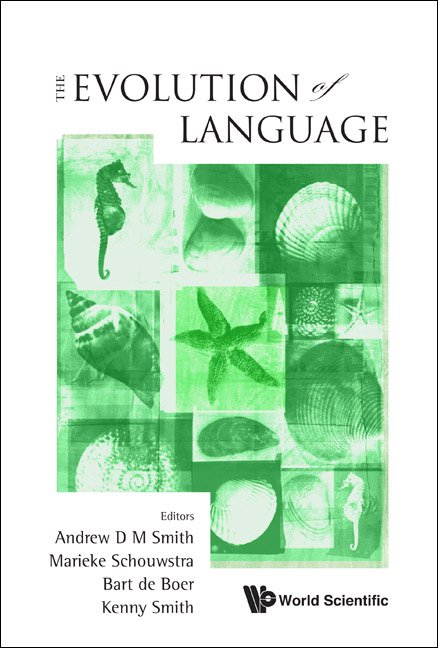CULTURAL EVOLUTION OF BIRD SONG AND GENETIC DEGRADATION OF LEARNING BIAS
Over the last decade, the potential explanatory power of cultural evolution has been widely promoted in the field of language evolution. However, a recent study reports an intriguing case of cultural evolution (Fehér, Wang, Saar, Mitra, & Tchernichovski, 2009). Birds reared in a deprived, unexposed environment consisting of singing males acquire different types of songs to the wild-type. Interestingly, if their offspring of the captive birds are exclusively exposed to songs in this lineage, within a few generations, their songs converge back to the wild-type. This suggests that cultural evolution may not complexify a cognitive system if it is strongly genetically biased.
Deacon (2003) has proposed that the complexfication of a cognitive system is often triggered by the degradation of genetic biases. Masked from natural selection, a given cognitive system would be unharnessed from its genetic biases: it would accept a novel information flow from various neural modules, and synergisticalty exhibit a new property. He termed this "genetic redistribution." Given this, Deacon hypothesizes that the perplexing case of the song evolution of the Bengalese finch (Okanoya, 2004) is due to the degradation of the genetic bias of song learning. He proposes that the domestication of the species allows novel neural modules to affect its song learning, and consequently complexifies the song pattern of the finch compared to that of its feral ancestor.
We model this hypothesis within the Iterated Learning Framework. Agents are represented as Jordan recurrent neural networks (Figure.1). The network is specifically chosen as it can naturally model sequential song production based on auditory feedback. During the learning period, a learning agent receives song inputs from an adult. Before the experiment begins, a neural network is trained to master a simple, linear song, and its weight configuration is then transferred to the first agent as the genetic bias. Although this bias is inherited by the agent's descendants in order to model a masked situation, no selection is introduced. Thus, mutations gradually erode the original weight configuration over the generations, and degrade the genetic bias. Finally, to model the redistributional nature of the masking process an extra set of input nodes is designed to provide an additional source of information flow and random noises are constantly added to the nodes. In the early generations, inputs from these nodes may be ignored as the network is trained to focus only on inputs fed back from the output layer in order to acquire the simple song provided during the training mode.
Our result demonstrates that as the genetic bias degrades over the generations, agents start to acquire more complex songs. This tendency is further strengthened by the iteration of learning, as later generations receive the deformed songs as their inputs. By and large, the result is on a par with (Ritchie & Kirby, 2005). However, we find that as noise is removed from the network, the birdsong tends to increase in single note repetition, and hence decreases in its complexity. The result supports Deacon's hypothesis.
Note from Publisher: This article contains the abstract and references.



